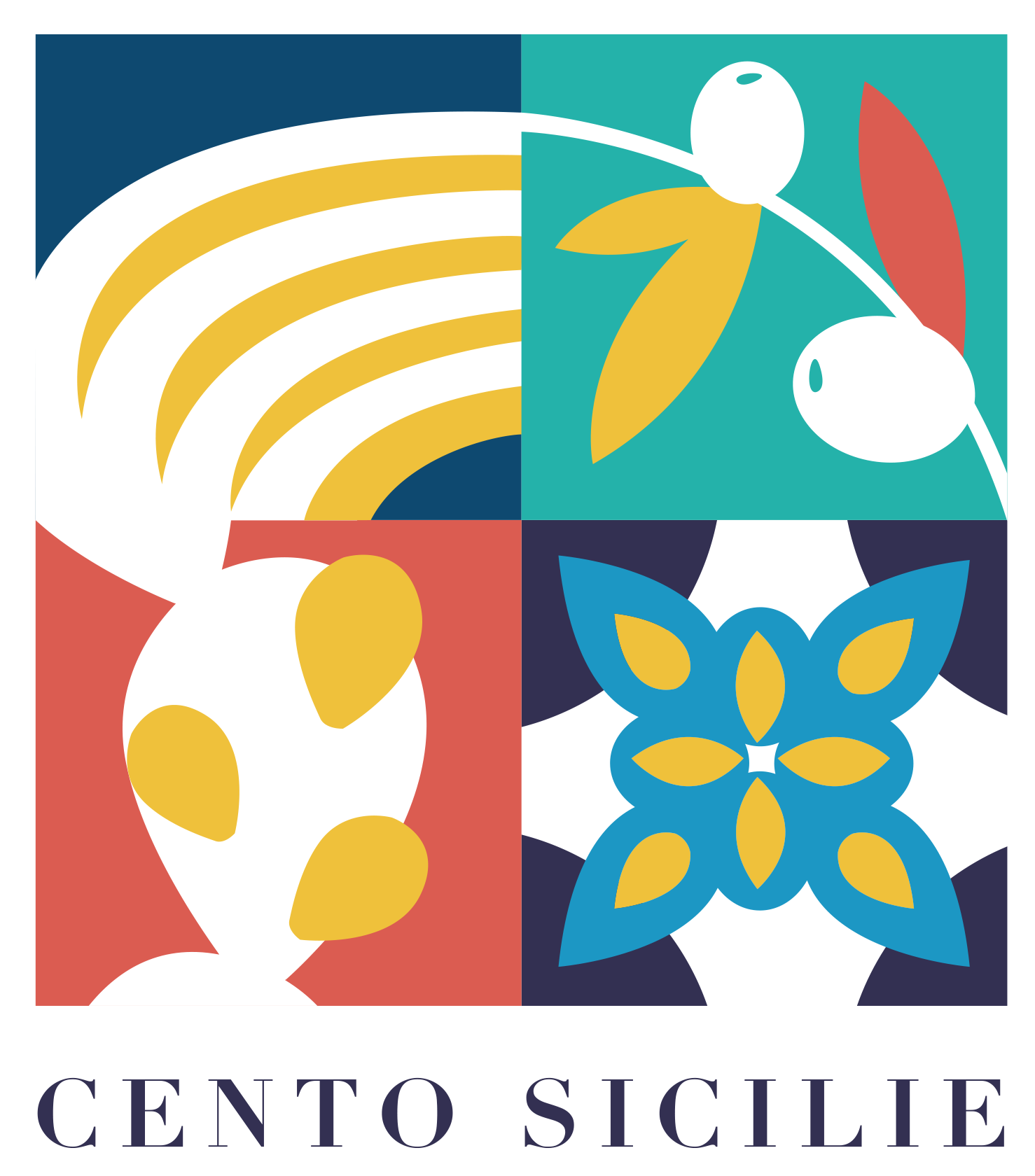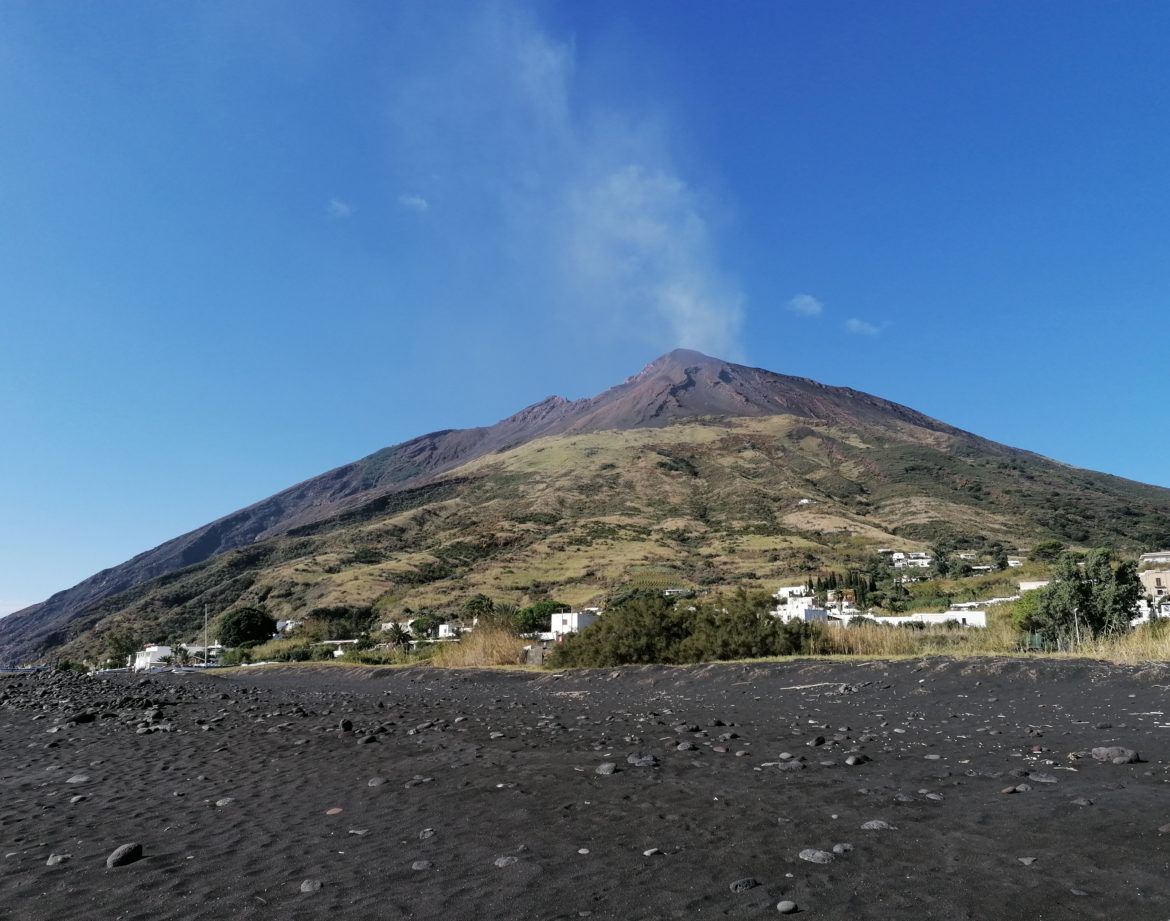The Aeolian archipelago also includes Stromboli: the northernmost of the Aeolian Islands, which takes its name
from the homonymous volcano. This is the absolute pivot of the island, called by its inhabitants Iddu
He in Sicilian) to remember the divine nature that was once attributed to natural phenomena generated by
volcano. A real pearl, which each attracts many tourists ..
Origins of the town
The name of the island comes from the ancient Greek “Στρογγύλη” which means round, due to its shape. In Sicilian, however, “strummulu” means top. Furthermore, Stromboli gives its name to a type of volcano characterized by an effusive volcanic activity called “Strombolian”.
Stromboli is an island inhabited since ancient times, specifically in the important prehistoric village of San Vincenzo. Here as in the rest of the island, the economy has always been based on production
typically Mediterranean agricultural crops: olive trees, grapevines (malvasia grown low in terraced gardens) and figs, as well as
than on fishing and seafaring. Until the nineteenth century this economy was flourishing and in 1891 Stromboli came to count about 2,700 inhabitants, according to the official data available.
In seguito, però, una serie di eventi portarono ad un profondo periodo di crisi. Innanzitutto, peggiorarono le condizioni economiche dopo l’unità d’Italia. Inoltre ci fu un susseguirsi di eruzioni e terremoti (in
particularly the eruption of 1930) and there was the attack of downy mildew (particular plant disease), which in the 1930s exterminated the most profitable local crop, namely that of the vine. All these happenings
they ensured that a very large majority of Strombolans took the route of emigration, especially towards Australia and America and the island was in serious danger of being abandoned.
After the Second World War the island was somehow rediscovered thanks to Roberto Rossellini who,
with the 1949 film “Stromboli land of God” (with the female protagonist the young Ingrid Bergman), he brought
the island and its extraordinary nature to the attention of the public.
What to see
In terms of religious buildings, the Church of San Bartolomeo is interesting, built in the eighteenth century by the inhabitants of the island and located in the Piscità district. The church also houses an oil mill, making it the gathering point for farmers. Today the church is very well preserved and can be visited, having inside
wonderful nineteenth-century stuccoes and a cross dome studded with gold and blue stars.
Another interesting area, among the main attractions of the island, is the Sciara del Fuoco. It is a depression along the northern flank of the volcano, bordered by two ridges. The literal translation is the
road of fire, as it is from these two ridges that the lava still flows from the volcano when it is erupting. Trekking and walks are organized every day that will lead you to discover this natural wonder.
What to do
Since the volcano from which the island takes its name is still active, it is strongly recommended to climb Stromboli to get to the crater. The climb to the crater is carried out along a path that
from Punta Labronzo it climbs up to the 918 m of height of Pizzo sopra la Fossa. It is a pleasant walk, enriched by the beauty of the views that you will find in front of you, as well as by the spectacle of the rocks shaped by the volcanic explosions that you will find along the way.
It is also advisable to reach the Punta Labronzo traffic light, located on the northern tip of the island. It is an observatory from which you can witness volcanic eruptions and lava flows along the Sciara del Fuoco. It can be reached via a path, which will allow you to take a pleasant walk along the slopes of the volcano. The path starts from the Church of San Vincenzo, crosses the village of San Bartolo, until it reaches the observatory.
What and where to eat
The typical cuisine of Stromboli is based on the use of simple and local ingredients such as anchovies, capers, olives and aromatic herbs. Perhaps the most typical dish is spaghetti alla Stromboliana, whose recipe includes tomato sauce, green olives, tuna, capers, chilli, oil, salt and pepper.
This type of pasta (like other typical dishes) is to be tried in restaurants such as Il Puntazzo, La Trottola, La Lampara and Da Luciano.
The beach
Among the coasts of the island is the Scari beach, which is located near the village of San Vincenzo. From the beach you will have a unique view of the Strombolicchio. It is a very spacious coastline, divided in two by the pier. The northern part is used as a stall for boats, while the southern part is a free beach
to bathers. Via a path, the Spiaggia della Forgia Vecchia is easily reachable. It is located on the south coast of Stromboli, 300 meters from the Scari pier. It is a beach of sand and black pebbles, where the waters are usually calm and transparent.
How to come
Stromboli can be reached by ferry from Naples, Lipari, Milazzo and Messina. Furthermore, in the summer, it can also be reached by hydrofoil from Messina, Reggio Calabria, Vibo Valentia and Tropea.


Comment (0)